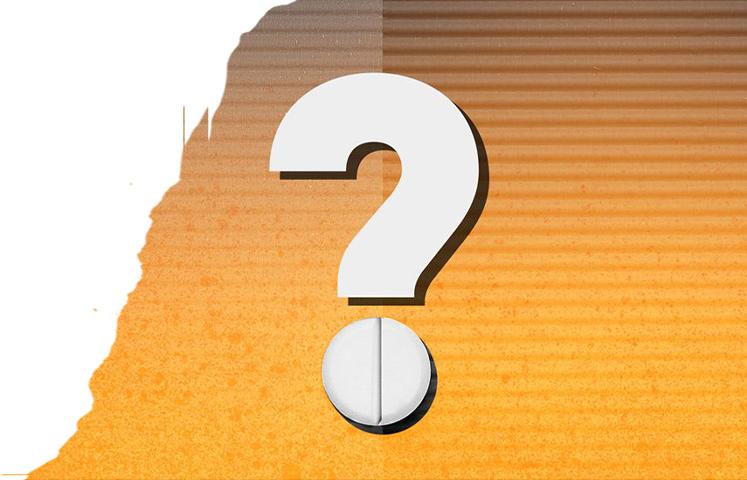What is the opioid epidemic?
“Opioids” is a term for drugs that bind to opioid receptors in the body. They include everything from heroin and fentanyl to prescription pills like oxycodone (OxyContin®), hydrocodone (Vicodin®), codeine and morphine. More than 130 people in America die every day due to accidental misuse of these drugs--that’s one person every 11 minutes--and “the opioid epidemic” is the term used to describe this health crisis.
How did we get here?
In the 1990s, there was a massive marketing blitz from pharmaceutical companies for their new opioid pills. This coincided with a nationwide push to take patient pain more seriously.
Unlike something like blood pressure, pain is subjective. One person’s IT. IS. A. TEN! is another person’s ehhhhsix?, is another person’s I’M FINE, which isn’t to say pain should be overlooked--just a reminder that thoughtfulness in prescribing is necessary, especially when the prescription is highly addictive, like opioids are.
Early marketing materials from pharmaceutical companies made reassurances about their product, claiming their opioid pills were virtually non-addictive. However, heroin is one of the most addictive drugs on the planet and prescription opioids are chemically similar to heroin.
Meanwhile, illegal drugs flooded in--like heroin and illicitly-produced fentanyl--which people turned to once their prescriptions ran out, or they craved something stronger, or they needed something less expensive than prescription opioids. The National Institute of Drug Abuse reports nearly 80% of heroin users started with prescription opioids. And during that 1999-2016 time frame, overdose deaths from heroin increased 7x. And deaths from synthetic opioids like fentanyl increased almost 21x. Not typos.
This is the opioid epidemic. And it’s time to face it.

